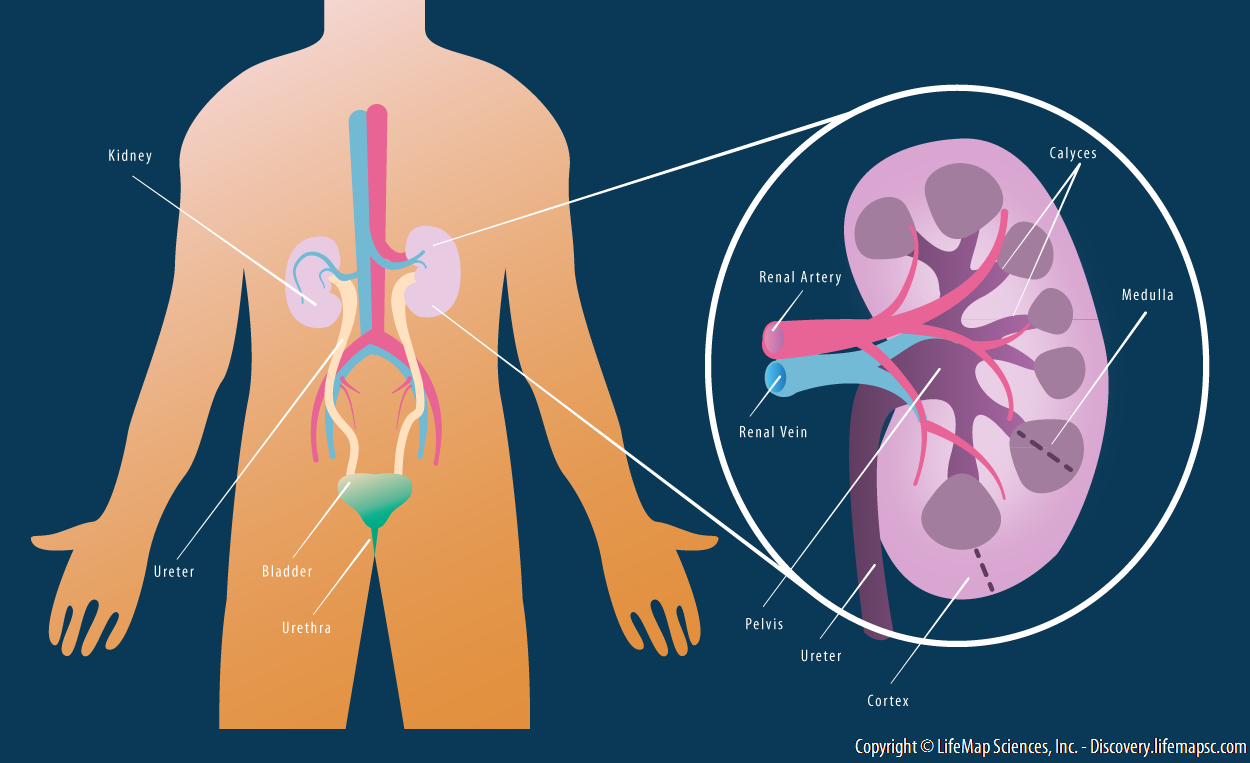So, what would you do if your surgeon took out a body part you intended to keep?
That was the question an unfortunate patient in Massachusetts had to confront when a doctor at St. Vincent Hospital in Worcester removed a kidney from the wrong individual.
“This is a deeply unfortunate situation involving a patient misidentification that took place outside of our hospital and did not involve our employees,” read a statement from Tenet Health, which owns St. Vincent, reported on by cnn.com. “Our staff followed proper protocols in preparing for and performing the surgery, which was scheduled by the patient’s physician at our hospital.”
No one is providing additional details at this time as to how the mix-up happened, but it looks like it certainly did.
And it’s not the first time, even if we haven’t heard of it. Stories abound of new parents taking the wrong baby home from the hospital in unintended infant-swaps, but mis-guided surgeries are also a problem.
According to cnn.com, one study found that surgical errors- the wrong surgery done on the wrong patient, or the wrong body part operated on, on the right patient, (left leg vs right leg scenarios), occur about once every five years to ten years. It can happen as often as about once in every 112,000 surgical procedures.
Globally, stories abound. Get this: in Vietnam, a 37-year old man had the wrong leg operated on, to split his rear tibia bone, and in India, this 24-year-old man had the heel of his left leg operated on rather than the right, after suffering a fracture.
How are hospitals dealing with the problem? Site marking- placing a mark on the body part to be operated on- can help to reduce these mistakes, but as one British source indicated, at times this can cause further confusion. Some doctors become uncertain as to whether the mark is labeling the body part to avoid, or that to be treated.
Aside from marking the area, the most that surgeons can do is participate in a mandatory time out that is required to be taken prior to performing any medical procedure, to try and prevent committing grave mistakes.
A universal protocol currently requires a planned pause to be taken before starting any invasive procedure, in order to review important parts of the plan with the staff involve. The pause gives participants a chance to refresh themselves, and an opportunity for the team to ensure that everyone is on the same page before ‘digging in’, so to speak.
And surgical safety checklists are also involved.
But the result? So far, unfortunately, it seems impossible to eliminate human error completely when it comes to surgery. But, to err IS human, so will that day of perfection ever come?
Personally, I feel reassured only by a simple fact. The fact that I have just one heart, one liver, and just one of some other vitally important organs and parts is a constant, and so operating on the wrong heart in the same body is impossible, in this case.
But when it comes to a choice between me and my neighbor, things are different. It does seem a little freaky that, try as we may, there IS always the slight-very slight, but existent- chance that someone might take out one of my lungs instead of my wisdom teeth on a bad day, and vice versa.
Oh well. At least I’ve still got my kidneys.















